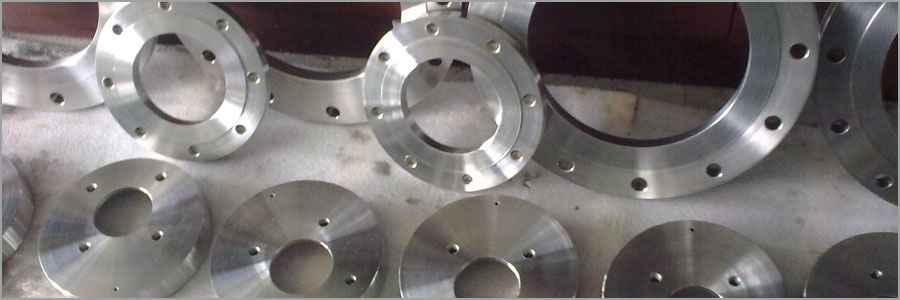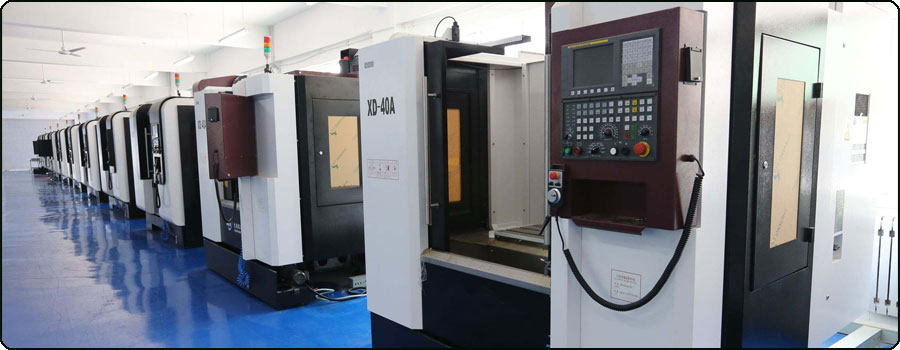Solid solution flanged precision parts machining's elements - PTJ Manufacturing Shop
Solid solution flanged precision parts machining
| Flange, also known as flange flange or flange. The flange is the part of the shaft and the shaft that is connected to each other for the connection between the ends of the pipe. It is also used for the flange on the inlet and outlet of the device for the connection between two devices, such as the flange of the reducer. A flange connection or a flange joint refers to a detachable connection in which a flange, a gasket and a bolt are connected to each other as a combined sealing structure. |
 Pipe flange refers to the flange used for piping in the pipeline installation. It is used on the equipment to refer to the inlet and outlet flanges of the equipment. There are holes in the flange, and the bolts make the two flanges tightly connected. The flanges are sealed with gaskets. Flange threaded connection (threaded connection) flange, welded flange and clip flange.
Pipe flange refers to the flange used for piping in the pipeline installation. It is used on the equipment to refer to the inlet and outlet flanges of the equipment. There are holes in the flange, and the bolts make the two flanges tightly connected. The flanges are sealed with gaskets. Flange threaded connection (threaded connection) flange, welded flange and clip flange.
The three elements of the solution treatment of the flange, the resolution is the temperature, the holding time and the cooling rate.
Eliminate work hardening to facilitate continued cold processing
Through the solution treatment, the lattice recovery of the twist, the elongated and broken crystal grains recrystallize, the internal stress is eliminated, the tensile strength of the flange is lowered, and the elongation is increased.
Make the flange structure and composition uniform
which is especially important for the raw materials, because the rolling temperature and cooling speed of each section of the hot rolled wire are different, resulting in inconsistent structure.
At high temperatures, atomic activity is intensified, dissolves each other, and the chemical composition tends to be uniform. After rapid cooling, a uniform single-phase structure is obtained.
Restore the inherent corrosion resistance of the flange
Due to the precipitation of carbides due to cold working, the lattice defects cause the corrosion resistance of the stainless steel to decrease. After the solution treatment, the flange corrosion resistance is restored to the optimum state.
The solution temperature is mainly determined based on the chemical composition.
In general, the number of alloying elements is high and the content of the alloy is high. In particular, steels with high manganese, molybdenum, nickel, and silicon contents can only achieve a softening effect by increasing the solid solution temperature and allowing them to be sufficiently dissolved.
However, in stabilized steel, such as 1Cr18Ni9Ti, the carbide of the stabilizing element is sufficiently dissolved in the austenite when the solid solution temperature is high, and precipitates at the grain boundary in the form of Cr23C6 in the subsequent cooling, causing intergranular corrosion. In order to prevent the carbides (TiC and Nbc) of the stabilizing element from being decomposed and not dissolved, the lower limit solid solution temperature is generally employed.
Flange is a steel that is not easy to rust. In fact, there are some flanges that contain both rust and acid resistance (corrosion resistance). The rust and corrosion resistance of the flange is due to the formation of a chromium-rich oxide film (passivation film) on its surface. Among them, the rust and corrosion resistance are relative.
The experiment proves that the corrosion resistance of steel in the weak medium such as atmosphere and water and oxidizing medium such as nitric acid will increase with the increase of the water content of chromium in the steel, which is proportional to the proportion. When the chromium content reaches a certain percentage At the time, the corrosion resistance of the steel is abrupt, that is, from rust to rust, from corrosion resistance to corrosion resistance. The production process is mainly divided into four types: forging, casting, cutting and rolling. Some special industries have higher requirements for flange parts. Therefore, for forging, casting, and even cutting and rolling, these processes cannot meet the needs of users. Therefore, it is necessary to use cnc to achieve finishing. PTJ Manufacturing Shop is Flange precision parts processing manufacturers, mainly for the precision secondary processing of roughing flange parts, our company cnc machining center can process flange parts within 850 diameter, welcome to call us.
The production process is mainly divided into four types: forging, casting, cutting and rolling. Some special industries have higher requirements for flange parts. Therefore, for forging, casting, and even cutting and rolling, these processes cannot meet the needs of users. Therefore, it is necessary to use cnc to achieve finishing. PTJ Manufacturing Shop is Flange precision parts processing manufacturers, mainly for the precision secondary processing of roughing flange parts, our company cnc machining center can process flange parts within 850 diameter, welcome to call us.
|
PTJ Machining Capabilities |
|
Automatic Bar Machining – Multi-spindle cam automatic screw machines CNC Turning – CNC delivers peak cost efficiency in shorter volumes, as well as high capacity production of mechanically simple components Custom Machining - with up to 12 axes of control Multi Spindle Machining- ISO 9001:2015 certified Screw Machine Products – The number of customized production parts per hour can reach 10000pcs Swiss Machining – with up to 9 axes of CNC control, to produce precision components with complex geometries in one operation High Volume Machining – 100 Advanced Production Turning Bar Automatics On-line and Ready CNC Milling - Machining Fully compliant with the exacting requirements of our customers 5 axis (11 axis) Machining – Tolerance | 0.1mm alignment |
What Can we help you do next?
∇ Get more information about Cnc Machining Shop
→Case study-Find out what we have done.
→Ralated tips about cnc machining services
By PTJ Manufacturing Shop|Categories: Blog|Tags: cnc milling services, cnc turning services, milling parts, turning parts, machining parts, special parts,faqs,technical news,company news,material news |Comments Off
